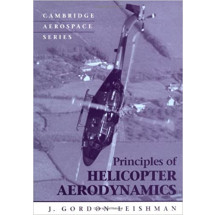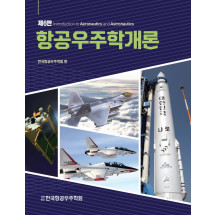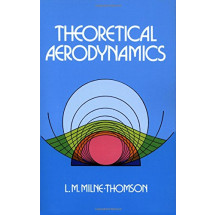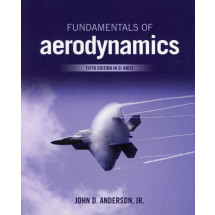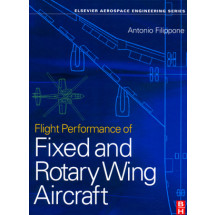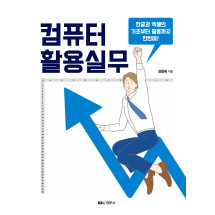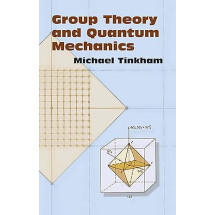1. Aircraft Equations of Motion 1
1.1 Introduction 1
1.2 Reference Frames and Assumptions 2
1.3 Conservation of the Linear Momentum Equations (CLMEs) 3
1.4 Conservation of the Angular Momentum Equations (CAMEs) 6
1.5 Conservation of the Angular Momentum Equations (CAMEs) with Rotor Effects 10
1.6 Euler Angles 11
1.7 Flight Path Equations (FPEs) 12
1.8 Kinematic Equations (KEs) 14
1.9 Gravity Equations (GEs) 16
1.10 Summary of the Aircraft Equations of Motion 16
1.11 Definition of Steady-State and Perturbation Conditions 17
1.12 Aircraft Equations of Motion at Steady-State Conditions 18
1.13 Aircraft Equations of Motion at Perturbed Conditions 19
1.14 Small Perturbation Equations from a Steady-State Level Flight 22
1.15 Summary 23
References 26
Student Sample Problems 26
Problems 32
2. Review of Basic Concepts of Aerodynamic Modeling 37
2.1 Introduction 37
2.2 Review of Key Aerodynamic Characteristics for Wing Sections 37
2.3 Wing Planforms and Wing Lift Curve Slope 42
2.4 Review of the Downwash Effect and Effectiveness of Control Surfaces 48
2.5 Determination of the Aerodynamic Center for Wing and Wing1Fuselage 53
2.6 Approaches to the Modeling of Aerodynamic Forces and Moments 57
2.6.1 Wind Tunnel Analysis 57
2.6.2 CFD Analysis 58
2.6.3 Parameter IDentification from Flight Data 59
2.6.4 Correlation from Wind Tunnel Data and Empirical Build-Up Analysis 60
2.7 Summary 60
References 61
Student Sample Problems 62
Problems 75
3. Modeling of Longitudinal Aerodynamic Forces and Moments 78
3.1 Introduction 78
3.2 Aircraft Stability Axes 79
3.3 Modeling of the Longitudinal Steady-State Aerodynamic Forces and Moment 79
3.4 Modeling of FAX1 80
3.5 Modeling of FAZ1 83
3.6 Modeling of MA1 87
3.7 Aircraft Aerodynamic Center 89
3.8 Summary of the Longitudinal Steady-State Aerodynamic Forces and Moment 91
3.9 Modeling of the Longitudinal Small Perturbation Aerodynamic Forces and Moments 91
3.9.1 Modeling of (cD1 , cL1 , cm1) 93
3.9.2 Modeling of ðcDu , cLu , cmu Þ 93
3.9.3 Modeling of (cDa_ , cLa_ , cma_ ) and (cDq , cLq , cmq) 94
3.10 Summary of Longitudinal Stability and Control Derivatives 96
3.11 Summary 100
References 100
Student Sample Problems 101
Case Study 110
Short Problems 127
Problems 128
4. Modeling of Lateral Directional Aerodynamic Forces and Moments 135
4.1 Introduction 135
4.2 Modeling of FAY1 137
4.2.1 Conceptual Modeling of cYß 138
4.2.2 Mathematical Modeling of cYß 140
4.2.3 Modeling of cYdA 147
4.2.4 Modeling of cYdR 147
4.3 Modeling of LA1 149
4.3.1 Conceptual Modeling of clß 150
4.3.2 Mathematical Modeling of clß 155
4.3.3 Modeling of cldA 160
4.3.4 Modeling of cldR 166
4.4 Modeling of NA1 168
4.4.1 Conceptual Modeling of cnß 169
4.4.2 Mathematical Modeling of cnß 172
4.4.3 Modeling of cndA 174
4.4.4 Modeling of cndR 176
4.5 Summary of the Lateral Directional Steady-State Force and Moments 177
4.6 Modeling of the Small Perturbation Lateral Directional Aerodynamic Force and Moments 178
4.6.1 Modeling of cYß_ , cl _ ß , cn _ ß 180
4.6.2 Modeling of cYp 180
4.6.3 Modeling of clp 181
4.6.4 Modeling of cnp 183
4.6.5 Modeling of cYr 185
4.6.6 Modeling of clr 185
4.6.7 Modeling of cnr 187
4.7 Summary of Longitudinal and Lateral Directional Aerodynamic Stability and Control Derivatives 189
4.8 Final Overview and Ranking of the Importance of the Aerodynamic Coefficients 196
4.9 Summary of the Modeling of the Longitudinal and Lateral-Directional Aerodynamic
Forces and Moments 198
References 200
Student Sample Problems 200
Case Study 236
Short Problems 262
Problems 263
5. Review of Basic Aircraft Performance and Modeling of Thrust Forces and Moments 268
5.1 Introduction 268
5.2 Review of Different Aircraft Propulsion Systems 268
5.2.1 Piston Engine (Propeller) Aircraft Engines 269
5.2.2 Turboprop Aircraft Engines 270
5.2.3 Turbojet Aircraft Engines


